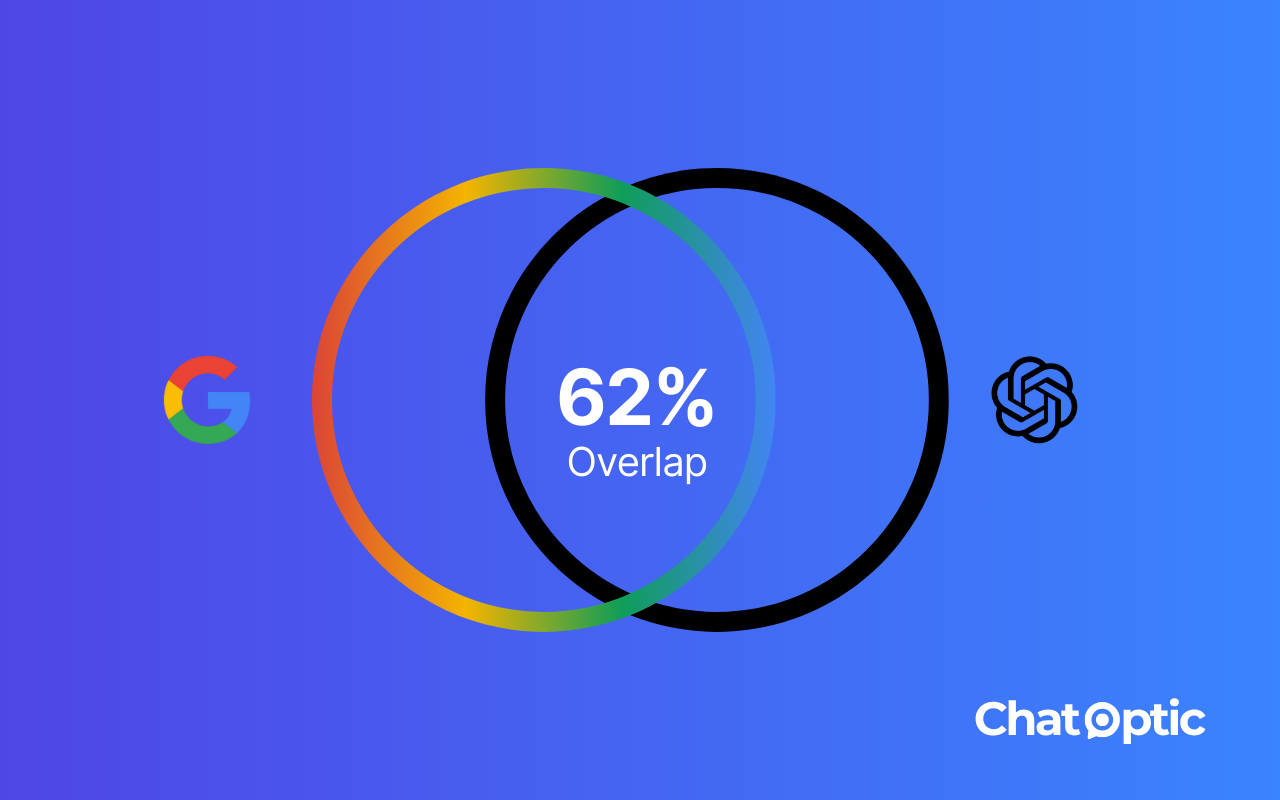Last week, a rare behind-the-scenes document was published on X, revealing the full system prompt for Claude 4, Anthropic’s flagship LLM.
With 0.44% of the AI chatbot market as of May 2025 (Statcounter), Claude isn’t the biggest player on the board, but it’s firmly in the global top six and growing fast. And with that growth, anyone serious about GEO can’t afford to ignore how it works.
What’s a “System Prompt” and What Exactly Got Leaked?
Large language models like Claude, ChatGPT, and Gemini don’t just answer your questions. Behind every response is a hidden set of instructions, known as the “system prompt”, quietly guiding how the model behaves.
This system prompt gets injected before every user query. It tells the model how to think, how to talk, and where the boundaries are. Think of it as the AI’s instruction manual, loaded into its brain before each conversation begins.
It defines things like:
- What tone to use
- When it’s allowed to run a live web search
- How to handle sensitive or political topics
- Whether and how to link to external sources
- How to respond to different types of users and questions
What leaked in this case isn’t just a summary or sample, it’s the full system prompt for Claude 4, posted on GitHub. For the first time, GEO professionals can study exactly how one of the world’s leading LLMs decides what content gets included and what gets left out.
12 Key Takeaways for GEO Professionals
1. Claude directs users to official documentation
Prompt:
“Claude is accessible via this web-based, mobile, or desktop chat interface. Claude is accessible via an API… ‘Claude Code’ is an agentic command line tool available in research preview.”
GEO Takeaway: Claude prefers to direct users to official product pages and technical documentation. If you offer an API, product, or integration, make sure your documentation lives on a clean, accessible, and structured domain, ideally with H2/H3 headings, working code snippets, and minimal clutter. The clearer and more direct it is, the more likely Claude is to reference it.
Example: A prompt like “How do I integrate BrandX with Claude?” will lead the model to look for an integration guide. No page = no mention.
2. Claude uses external sources when memory runs out
Prompt:
“Claude does not know any other details about Claude models, or Anthropic’s products. Claude does not offer instructions about how to use the web application or Claude Code… Claude should tell them it doesn’t know, and point them to ‘https://support.anthropic.com’.” וגם “Claude’s reliable knowledge cutoff date – the end of January 2025.”
GEO Takeaway: Claude is explicitly instructed to defer to external sources when its memory lacks fresh data, especially post January 2025. If your site offers up to date info on dynamic topics, you’re likely to surface when Claude searches. This is particularly true for pricing, how-to guides, or policy changes.
Example: Query: “How much is car insurance in California in 2025?” → Claude will search. If your site has a monthly breakdown of updated rates, you’re a contender.
3. Structure matters: write for Markdown and prose
Prompt:
“When relevant, Claude can provide guidance on effective prompting techniques for getting Claude to be most helpful. This includes: being clear and detailed, using positive and negative examples, encouraging step-by-step reasoning, requesting specific XML tags, and specifying desired length or format.” וגם “For more comprehensive information on prompting Claude, they can check out Anthropic’s prompting documentation on their website at ‘https://docs.anthropic.com/en/docs/build-with-claude/prompt-engineering/overview’.”
GEO Takeaway: Claude favors structured, human-readable documentation. That means using markdown (H1/H2/H3, paragraphs, examples) and avoiding raw bullet lists. To increase your chances of being referenced:
- Use narrative form (especially for guides)
- Add structure: sections, subheadings, and flow
- Avoid relying solely on infographics or tables
Example: “Step-by-step pension guide” with H2s and narrative = better chance of getting picked up.
4. Some topics are banned, don’t try to GEO-optimize around them
Prompt:
“Claude cares about people’s wellbeing and avoids encouraging or facilitating self-destructive behaviors… Claude cares deeply about child safety… Claude does not provide information that could be used to make chemical or biological or nuclear weapons, and does not write malicious code…”
GEO Takeaway: Certain categories are off limits. That includes anything dangerous, unethical, or legally risky. No matter how well you rank in Google, Claude will never cite these topics and might refuse to respond at all.
Example: Thinking writing a guide on “How to bypass firewalls” – forget it.
5. How Claude decides whether to search and when you’ll show up
Prompt:
“Claude has access to web_search and other tools for info retrieval… Use web_search only when information is beyond the knowledge cutoff, the topic is rapidly changing, or the query requires real-time data… Scale the number of tool calls to query complexity… CRITICAL: Always respect copyright by NEVER reproducing large 20+ word chunks of content from search results…”
GEO Takeaway: Claude uses web search in four distinct categories:
- Never Search: Static facts (e.g. “What’s the capital of France?”)
- Do Not Search But Offer: Slightly outdated data (e.g. population sizes)
- Single Search: Real-time or fast-changing info (e.g. prices, events)
- Research: Complex analysis, multi-source tasks
If your content updated frequently, comprehensive (e.g. comparisons, reports) and unique, then you’ll rank better when Claude does search.
Example: “Best cloud storage providers in 2025” → qualifies as research. Your updated, structured comparison might make the cut.
6. Claude prefers original sources, publish under your own domain
Prompt:
“Favor original sources (e.g. company blogs, peer-reviewed papers, gov sites, SEC) over aggregators. Find highest-quality original sources. Skip low-quality sources like forums unless specifically relevant.”
GEO Takeaway: Claude is trained to trust original sources over third party aggregators. If you want your content to be considered, it’s critical to publish on your own website. It can be a company blog, research section, or branded domain. Authority also comes from format: well-structured guides, signed posts by named authors, and clearly dated content increase your chances. Avoid relying on platforms like Medium or anonymous content hubs unless necessary.
Example: A guide on opening a bank account for young adults published on a bank’s own website will be preferred over the same content on a general finance site.
7. Update content frequently, especially for fast changing topics
Prompt:
“Prioritize 1-3 month old sources for evolving topics.” “For topics that change frequently (daily/monthly) OR query has temporal indicators.”
GEO Takeaway: Freshness matters. Claude is explicitly told to prioritize content published in the past 1–3 months when dealing with fast evolving topics such as prices, laws, and tech. This means you should regularly refresh your most valuable pages. Even small edits like new paragraphs or updated stats can reset the freshness clock. Also, include visible time indicators like “Updated May 2025” to signal recency.
Example: A monthly updated post on “Electric car insurance prices in California” will stand out over a static 2024 article.
8. One short quote per answer, write with quotability in mind
Prompt:
“NEVER reproduce copyrighted material.” “Include only a maximum of ONE very short quote from original sources per response, where that quote (if present) MUST be fewer than 15 words long.”
GEO Takeaway: Claude can only quote one very short sentence per answer – under 15 words. This means you need to write for quotability. Craft sharp, standalone sentences that pack meaning and can function as soundbites. Ideal sentences are concise, numerical, and context-rich. You can place these toward the top or bottom of sections so they’re more likely to be extracted.
Example: “80% of US employees experience daily stress, Gallup 2024”. Bad example: “Many employees, according to various surveys conducted in recent years, often report high levels of stress…”.
9. Structured, practical content wins
Prompt:
“For structured reference content (meal plans, workout schedules, study guides, etc.), prefer markdown artifacts.” “Create functional, working demonstrations rather than placeholders.”
GEO Takeaway: Claude is trained to favor structured content that can serve as “ready-made artifacts”. This includes step-by-step guides, tables, checklists, and templates. Whether you’re sharing a marketing funnel, SEO tool comparison, or freelance contract format, the more usable and scannable it is, the better. Structure it in Markdown or HTML if possible.
Example: “5-step guide to running LinkedIn campaigns” or “CRM comparison table” will be favored over narrative-only descriptions.
10. Target complex queries to boost your chances
Prompt:
“Scale tool calls by difficulty: 2-4 for simple comparisons, 5-9 for multi-source analysis, 10+ for reports.” “Complex queries using terms like ‘deep dive,’ ‘comprehensive,’ ‘analyze’ require AT LEAST 5 tool calls.”
GEO Takeaway: The more complex the user query, the more searches Claude will run. This means more opportunities for your content to surface. Target terms like “deep dive,” “comparison,” or “report” and structure your pages to reflect depth. Connect multiple sources, synthesize perspectives, and offer analysis. These are the kinds of tasks Claude is trained to prioritize when searching externally.
Example: A detailed guide comparing ad platforms or analyzing market trends across multiple regions has a high chance of appearing.
11. Use clear headings, summaries, and bold facts for scanability
“Bold key facts in the answer for scannability.” “Include a concise 1-2 takeaway like a TL;DR or ‘bottom line up front’.” “Use short, descriptive, sentence-case headers.”
GEO Takeaway: Models love scannable content. Bold your stats and key points. Include TL;DRs or bottom-line takeaways at the top. Use headers that are short, informative, and human, not vague labels. This makes your content easier to parse and more likely to be included in a multi-source answer.
Example: Good headers: “How Much Does It Cost?”, “Main Benefits”, bad heades: “Part A” or “Section 1”.
12. Geographical relevance and local context matters
“User location: NL. For location-dependent queries, use this info naturally without phrases like ‘based on your location data’.” “Naturally use the user’s location for location-related queries.”
GEO Takeaway: Claude uses the user’s location, but prefers it to be woven naturally into the content. Instead of saying “If you’re located in New York…,” say “In New York, it’s common to…” For GEO, that means borrowing from Local SEO playbooks: mention cities directly, use concrete local examples, and structure your content to match specific geographic contexts. Adding place names, service variations, or regional pricing helps signal local relevance to the model.
Example: “Top payment apps in Spain” or “Los Angeles AI course comparison” will do better than generic global advice.
What the Leak Reveals About GEO Priorities
The leaked Claude 4 system prompt gives us a rare inside look at how one of today’s most sophisticated LLMs decides what to include in its answers. For marketers and content creators focused on GEO (Generative Engine Optimization), this offers more than just curiosity – it delivers clear, actionable guidance. Claude doesn’t simply pull information, it filters content based on structure, credibility, freshness, contextual relevance, and practical value. If you want your content to show up in generative answers, aligning with these criteria is non negotiable.




